Species Photo Gallery for Chlorotettix aurum No Common Name 77 |
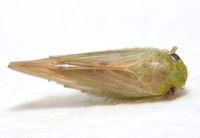 | Photo by: Bo Sullivan
Carteret Co.
Comment: male 6.9 mm, female ; photographed by K. Kittelberger; collected at UV trap | 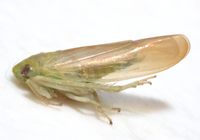 | Photo by: Bo Sullivan
Carteret Co.
Comment: male 6.9 mm, female ; photographed by K. Kittelberger; collected at UV trap |
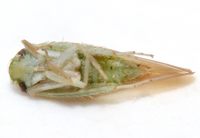 | Photo by: Bo Sullivan
Carteret Co.
Comment: male 6.9 mm, female ; photographed by K. Kittelberger; collected at UV trap | 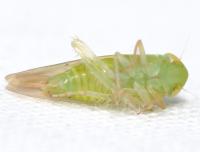 | Photo by: Kyle Kittelberger
Scotland Co.
Comment: male, mm; Arundinaria and herbaceous undergrowth |
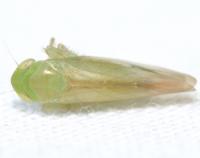 | Photo by: Kyle Kittelberger
Scotland Co.
Comment: male, 6.8 mm; Arundinaria and herbaceous undergrowth |  | Photo by: Kyle Kittelberger
Scotland Co.
Comment: male, 6.8 mm; Arundinaria and herbaceous undergrowth |
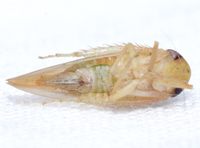 | Photo by: Bo Sullivan
Pender Co.
Comment: female, 7.0 mm; photographed by K. Kittelberger |  | Photo by: Bo Sullivan
Pender Co.
Comment: female, 7.0 mm; photographed by K. Kittelberger |
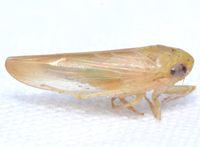 | Photo by: Bo Sullivan
Pender Co.
Comment: female, 7.0 mm; photographed by K. Kittelberger | 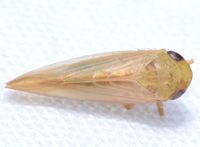 | Photo by: Bo Sullivan
Pender Co.
Comment: female, 7.0 mm; photographed by K. Kittelberger |
 | Photo by: Erich Hofmann
Craven Co.
Comment: https://www.inaturalist.org/observations/53596903 | 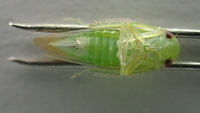 | Photo by: Erich Hofmann
Craven Co.
Comment: https://www.inaturalist.org/observations/53596903 |
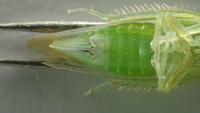 | Photo by: Erich Hofmann
Craven Co.
Comment: https://www.inaturalist.org/observations/53596903 |  | Photo by: Erich Hofmann
Craven Co.
Comment: https://www.inaturalist.org/observations/53596903 |
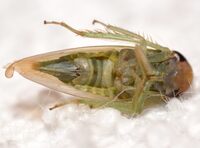 | Photo by: Erich Hofmann
Craven Co.
Comment: https://www.inaturalist.org/observations/53596903; female, additional pics by K. Kittelberger | 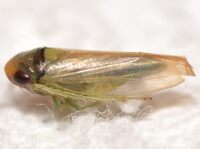 | Photo by: Erich Hofmann
Craven Co.
Comment: https://www.inaturalist.org/observations/53596903; female, additional pics by K. Kittelberger |
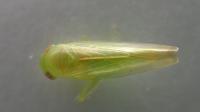 | Photo by: Erich Hofmann
Craven Co.
Comment: https://www.inaturalist.org/observations/53386729 | 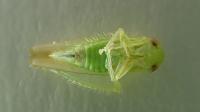 | Photo by: Erich Hofmann
Craven Co.
Comment: https://www.inaturalist.org/observations/53386729 |
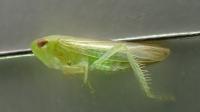 | Photo by: Erich Hofmann
Craven Co.
Comment: https://www.inaturalist.org/observations/53386729 | 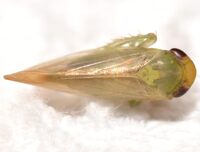 | Photo by: Erich Hofmann
Craven Co.
Comment: https://www.inaturalist.org/observations/53386729; female, mm, additional pics by K. Kittelberger |
 | Photo by: Erich Hofmann
Craven Co.
Comment: https://www.inaturalist.org/observations/53386729; female, 7.4 mm, additional pics by K. Kittelberger | 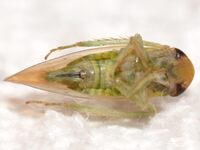 | Photo by: Erich Hofmann
Craven Co.
Comment: https://www.inaturalist.org/observations/53386729; female, 7.4 mm, additional pics by K. Kittelberger |
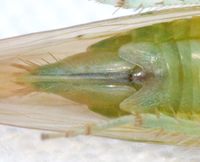 | Photo by: Kyle Kittelberger
Moore Co.
Comment: female, 7.3 mm | 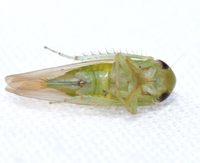 | Photo by: Kyle Kittelberger
Moore Co.
Comment: female, 7.3 mm |
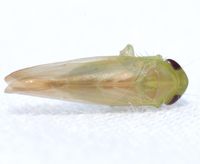 | Photo by: Kyle Kittelberger
Moore Co.
Comment: female, 7.3 mm | 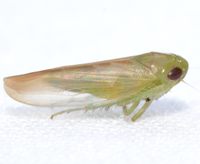 | Photo by: Kyle Kittelberger
Moore Co.
Comment: female, 7.3 mm |
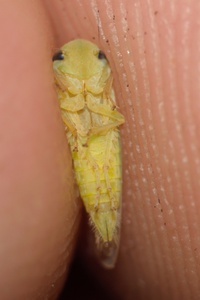 | Photo by: Scott Bolick
Forsyth Co.
Comment: | 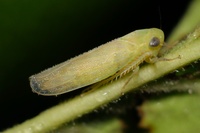 | Photo by: Scott Bolick
Forsyth Co.
Comment: |
 | Photo by: Scott Bolick
Forsyth Co.
Comment: |  | Photo by: Kyle Kittelberger, Paul Scharf
Gates Co.
Comment: male; 6.8 mm long |
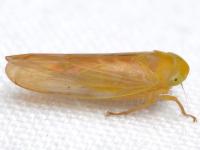 | Photo by: Kyle Kittelberger, Paul Scharf
Gates Co.
Comment: male; 6.8 mm long | 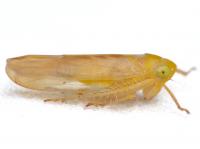 | Photo by: Kyle Kittelberger, Paul Scharf
Gates Co.
Comment: male; 6.8 mm long |
 | Photo by: Kyle Kittelberger, Paul Scharf
Gates Co.
Comment: male; 6.8 mm long |  | Photo by: J. B. Sullivan
Craven Co.
Comment: male, 6.9 mm |
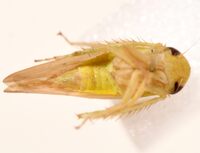 | Photo by: J. B. Sullivan
Craven Co.
Comment: male, 6.9 mm | 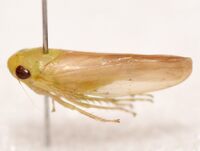 | Photo by: J. B. Sullivan
Craven Co.
Comment: male, 6.9 mm |
 | Photo by: J. B. Sullivan
Craven Co.
Comment: male, 6.6 mm |  | Photo by: J. B. Sullivan
Craven Co.
Comment: male, 6.6 mm |
 | Photo by: J. B. Sullivan
Craven Co.
Comment: male, 6.6 mm |  | Photo by: Bo Sullivan
Scotland Co.
Comment: female, 6.3 mm |
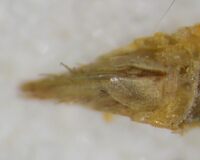 | Photo by: Bo Sullivan
Scotland Co.
Comment: female, 6.3 mm |  | Photo by: Bo Sullivan
Scotland Co.
Comment: female, 6.3 mm |
 | Photo by: Bo Sullivan
Scotland Co.
Comment: female, 6.3 mm | 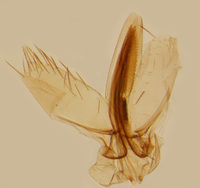 | Photo by: Bo Sullivan
Scotland Co.
Comment: female, 6.3 mm |
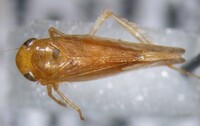 | Photo by: Bo Sullivan
Craven Co.
Comment: male, 7.1 mm |  | Photo by: Bo Sullivan
Craven Co.
Comment: male, 7.1 mm |
 | Photo by: Bo Sullivan
Craven Co.
Comment: male, 7.1 mm | 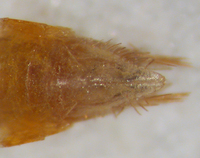 | Photo by: Bo Sullivan
Craven Co.
Comment: male, 7.1 mm |
 | Photo by: Bo Sullivan
Craven Co.
Comment: male, 7.1 mm |  | Photo by: Bo Sullivan
Scotland Co.
Comment: male, 7.1 mm |
 | Photo by: Bo Sullivan
Scotland Co.
Comment: male, 7.1 mm |  | Photo by: Bo Sullivan
Scotland Co.
Comment: male, 7.1 mm |
 | Photo by: Bo Sullivan
Scotland Co.
Comment: male, 7.1 mm |  | Photo by: Bo Sullivan
Scotland Co.
Comment: male, 7.1 mm |
 | Photo by: Bo Sullivan
Craven Co.
Comment: male, 7.6 mm |  | Photo by: Bo Sullivan
Craven Co.
Comment: male, 7.6 mm |
 | Photo by: Bo Sullivan
Craven Co.
Comment: male, 7.6 mm | 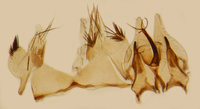 | Photo by: Bo Sullivan
Craven Co.
Comment: male, 7.6 mm |
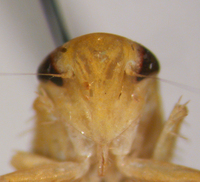 | Photo by: Bo Sullivan
Craven Co.
Comment: male, 7.6 mm |  | Photo by: Bo Sullivan
Jones Co.
Comment: male |
 | Photo by: Bo Sullivan
Jones Co.
Comment: male | 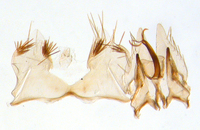 | Photo by: Bo Sullivan
Jones Co.
Comment: male |
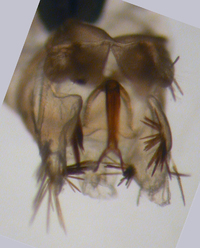 | Photo by: Bo Sullivan
Jones Co.
Comment: male | 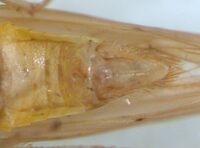 | Photo by: Bo Sullivan
Craven Co.
Comment: male |
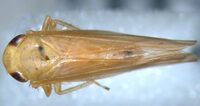 | Photo by: Bo Sullivan
Craven Co.
Comment: male | 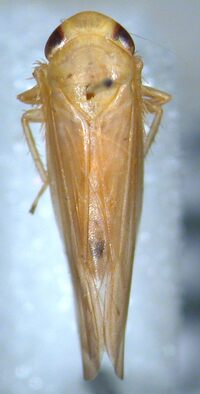 | Photo by: Bo Sullivan
Craven Co.
Comment: male |
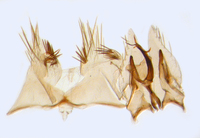 | Photo by: Bo Sullivan
Craven Co.
Comment: male | 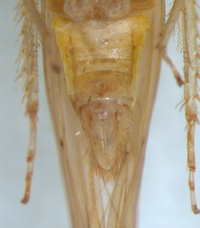 | Photo by: Bo Sullivan
Craven Co.
Comment: male |
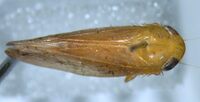 | Photo by: Bo Sullivan
Craven Co.
Comment: at powerline |  | Photo by: Bo Sullivan
Craven Co.
Comment: at powerline |
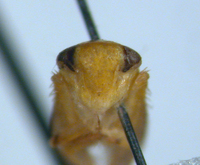 | Photo by: Bo Sullivan
Craven Co.
Comment: at powerline | 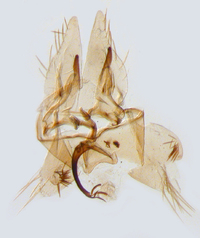 | Photo by: Bo Sullivan
Scotland Co.
Comment: male, dissected |
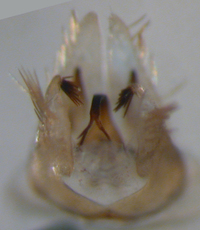 | Photo by: Bo Sullivan
Scotland Co.
Comment: male, dissected | 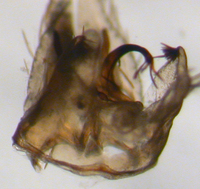 | Photo by: Bo Sullivan
Scotland Co.
Comment: male, dissected |
 | Photo by: Bo Sullivan
Scotland Co.
Comment: male, dissected |  | Photo by: Kyle Kittelberger
Out Of State Co.
Comment: female; NCSU specimen |
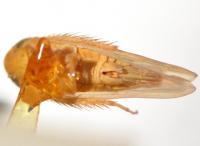 | Photo by: Kyle Kittelberger
Out Of State Co.
Comment: female; NCSU specimen |

 »
»

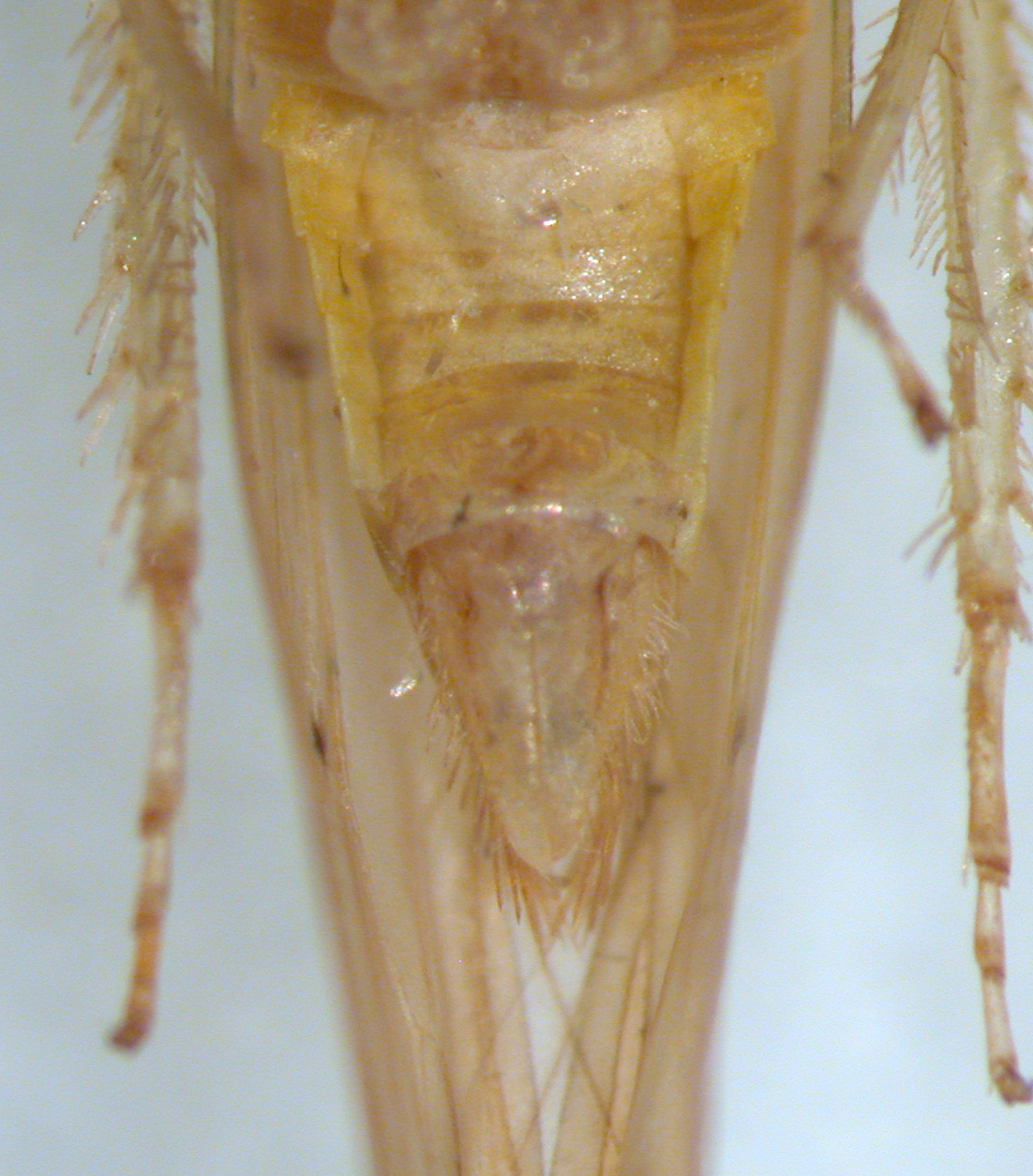


 »
»


